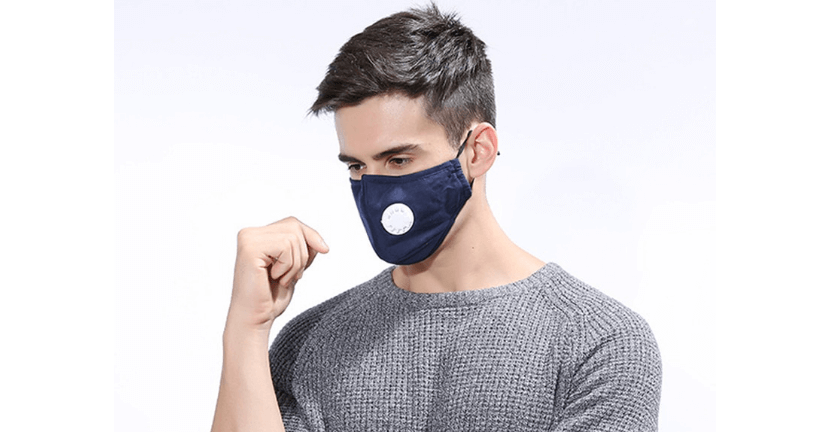A face mask is a protective gear that is worn over the face, preventing you from inhaling dust, viruses or unwanted particles or from spreading infections. There are different types of masks, i.e., masks for health care workers, e.g., the N95, medical or surgical masks, and those for non-health care workers. Thus, they are made out of different materials, creating some which are reusable, while others can only be used once. The reusable face mask is very convenient as they are washable and also cost-saving. Many companies manufacture quality reusable face masks, and you can get yours as well. Face masks seem complicated, mainly if you are not used to wearing them. In this extract, we look at what you should know before buying or making a face mask.
Factors to consider when buying or making a face mask.
- Consider the fabric
Some fabrics are more effective than others when it comes to the prevention of particles and viruses. They have different sized spacing; thus, some will have larger or smaller holes. The holes facilitate the passage of particles; therefore, the smaller the holes, the less likely anything can pass through. Materials like tea towels, cotton blend fabrics, and antimicrobial pillowcases are good at filtering particles than 100% cotton, silk, or scarfs. The layer directly against the mouth should be comfortable and washable. Materials suitable for this are polyester and nylon as they wick away moisture.
- Layer up
Masks with multiple layers(preferably three) increase their effectiveness. The thicker the layers, the better way this mask can offer protection similar to surgical masks. Regular thin masks are, in many cases, susceptible to viruses or transmission of infections. The layers increase the filtration of particles. It is also essential to make sure that you can breathe through the layers to ensure comfort while wearing.
- Avoid stretchy materials.
Such materials tend to stretch, making the holes more significant hence easier passage for particles or viruses. Knit materials tend to extend if the mask is too tight around the nose or from pulling or tugging on your mask.
- Filters are useful but can be dangerous too.
Some filters contain fiberglass, which is dangerous if inhaled. It is recommended to sandwich the filters between layers of fabric to avoid direct inhalation of fibers. Materials that can be used as filters include unscented dry baby wipes, coffee filters, and vacuum bags.
- Ensure it fits properly
A face mask should fully cover your nose and mouth, and no gaps should be left. Make sure it extends from the top of the nose to under the chin and covers the face side to side. It should also stay in place with any movement you make. Loose-fitting masks get contaminated on the outside easily and can also be a passage for unwanted particles or infections. It should be snugly but comfortable against the face for easy breathing.
Conclusion
Reusable masks are not only practical but also save on cost as they can easily be washed. You can either choose to make one to your liking or buy one but always ensure to look out for the crucial guidelines.
